Upstate Italianate
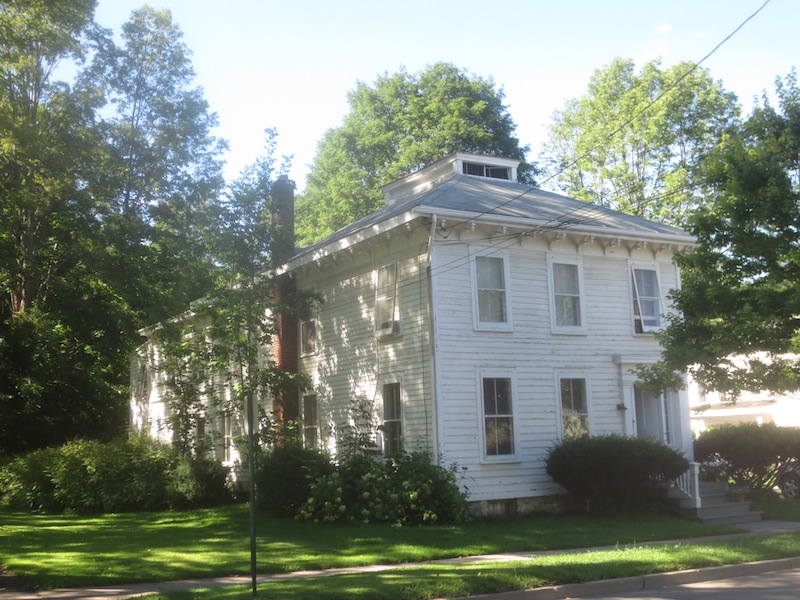

Long before Prada, Gucci and Armani stamped "Italian style" into our collective sartorial consciousness, that country’s influence on the United States was evidenced in a brick and mortar fashion, via the Italianate, or “Italian Villa” style of architecture. It came on the scene in the nineteenth century during the romantic era, displacing the more academic greek revival and surpassing the contemporary gothic revival style in popularity. As in many trends, it was initially adopted by the wealthy, who had “Tuscan” villas built as country retreats or urban showplaces, replete with towers, tall arched windows, and loggias associated with the style. This grand house on Union Street typifies this version. Popularized by AJ Davis, the style rapidly spread, its heyday roughly spanning 1840 – 1885. Part of its wide appeal and enduring popularity was due to the fact that mass production made its decorative elements (elaborate brackets, window crowns and cast iron cornices) affordable, which could be applied to homes built for those of more modest means, while the basic architectural vocabulary (low pitched, almost flat roofs, wide overhangs, porches, and simple massing) was adaptable to a variety of different settings. It not only became the preferred style for village homes and rural farmhouses, but also urban townhouses,

commercial and government buildings. Luckily for us, surviving examples of the style can be found on nearly every city, town, hamlet, and country road in our part of upstate New York. The hardest part in spotting them for the novice is perhaps knowing what to look for.
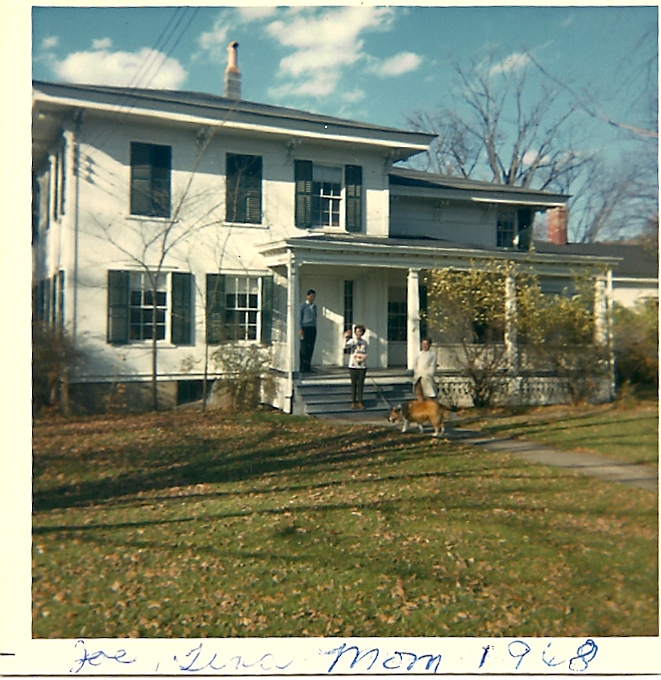
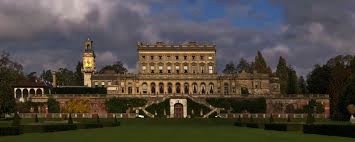
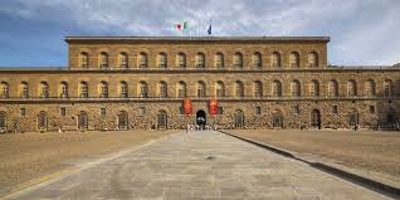
As a child, never having been to Italy, I relied on backgrounds seen in “Old World Style” spaghetti sauce and frozen pizza commercials for the country’s architectural references. I knew the style of my grandparent’s house was called “Italianate”. While I had strong affection for the handsome, cubelike structure. I couldn’t imagine Mama Celeste or a member of the Prego family living in it. As I grew older, a little more worldly, and with more than a little appreciation for grandiosity, I could clearly see the correlation in some British examples of the style, which tend to be more academic. Looking at Cliveden in Buckinghamshire, I could find parallels quite easily with the Pitti Palace in Florence, picturing a Medici or Borgia (or me) living in either.
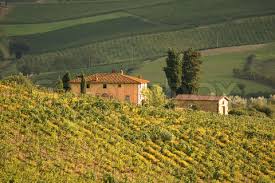
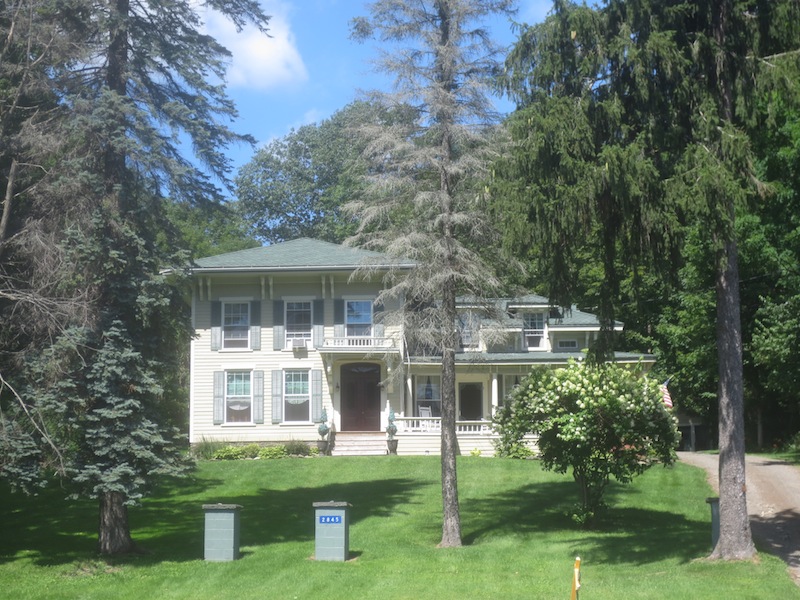
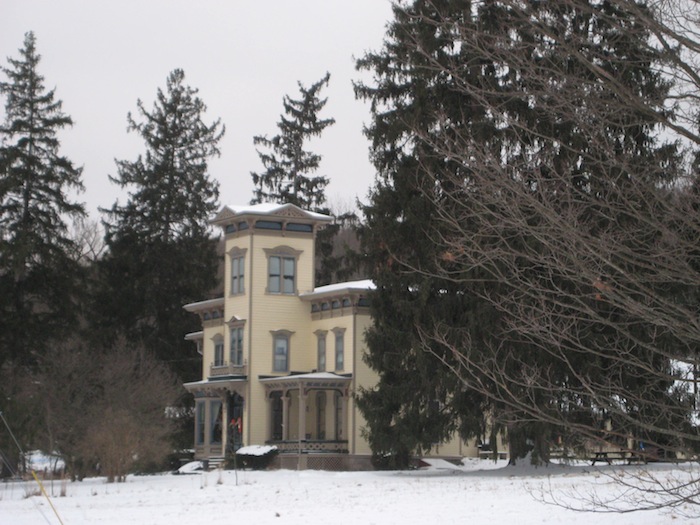

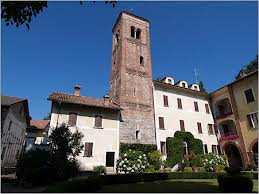
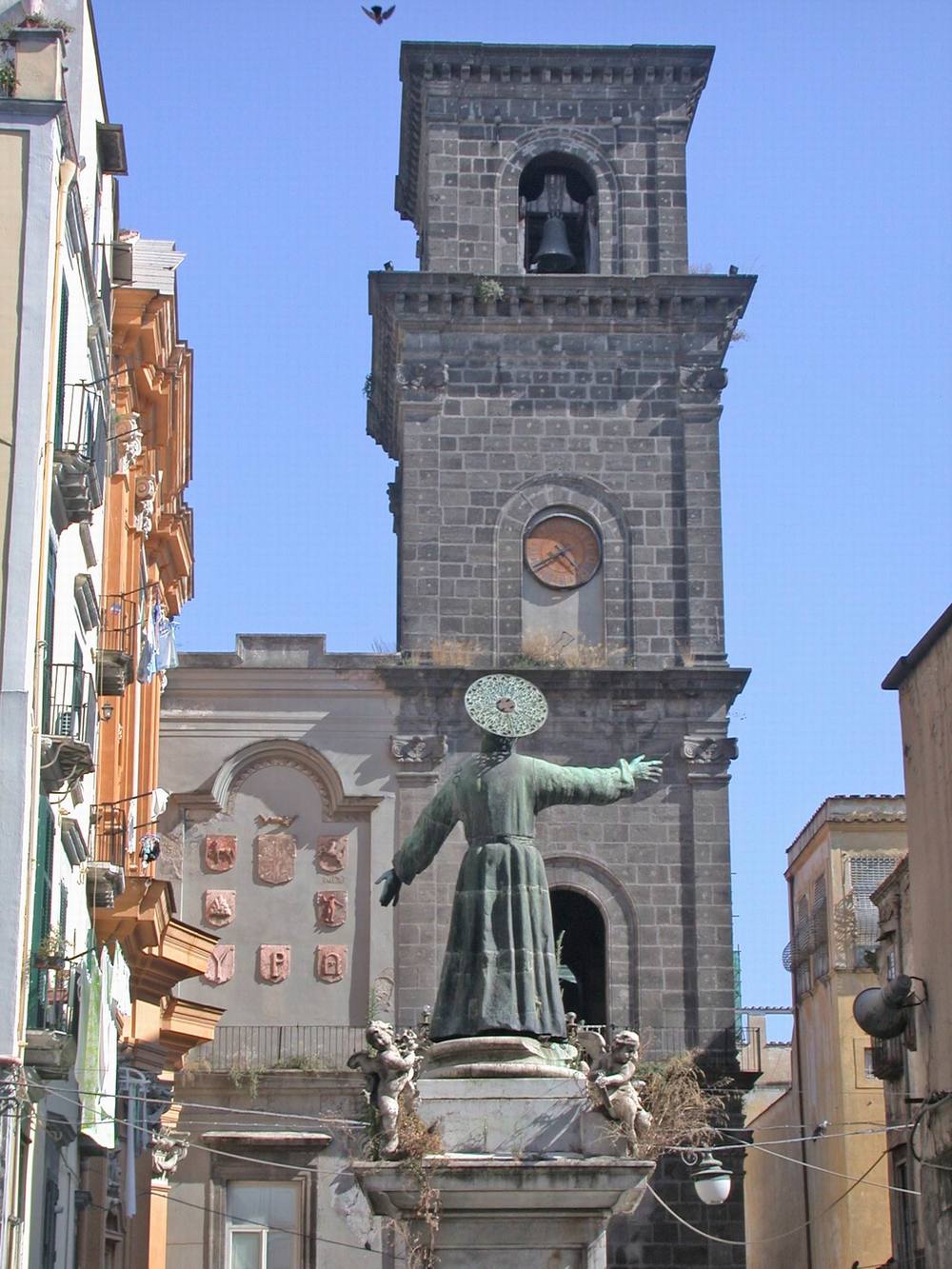
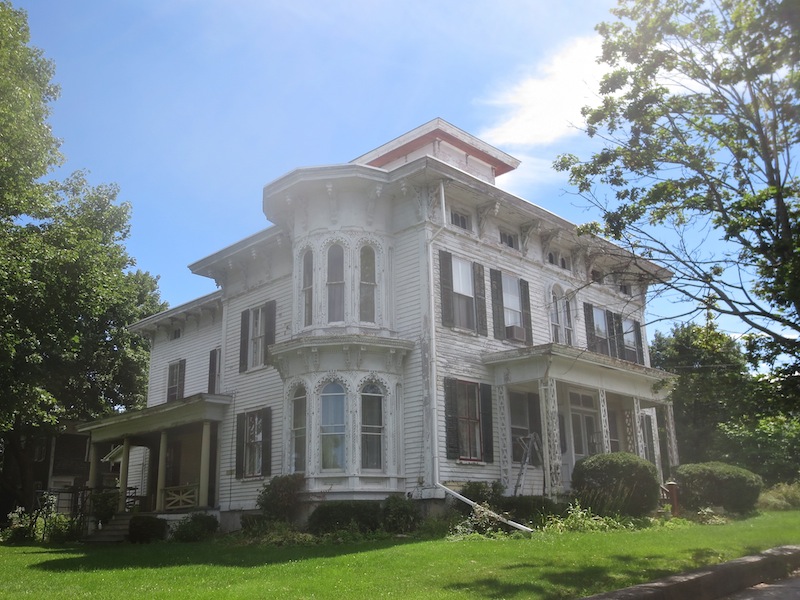
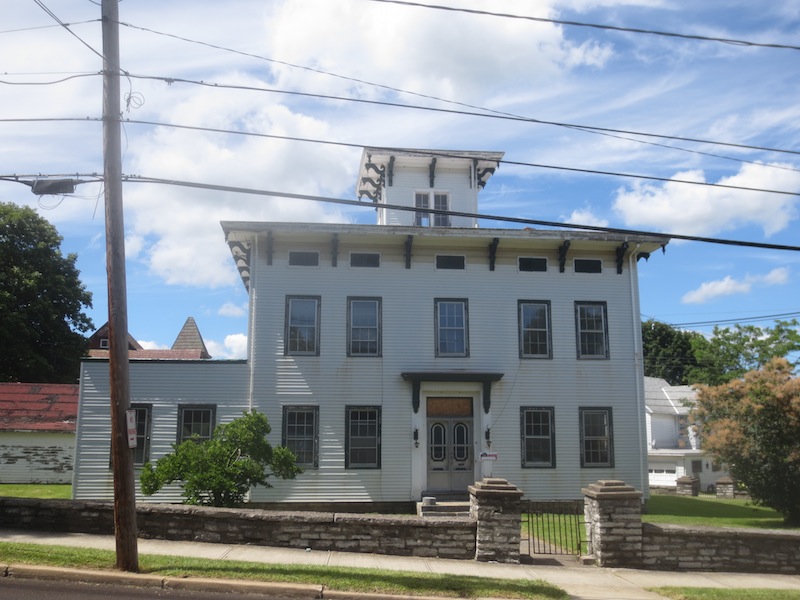
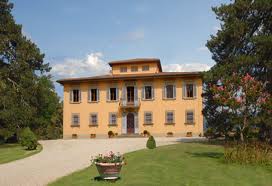
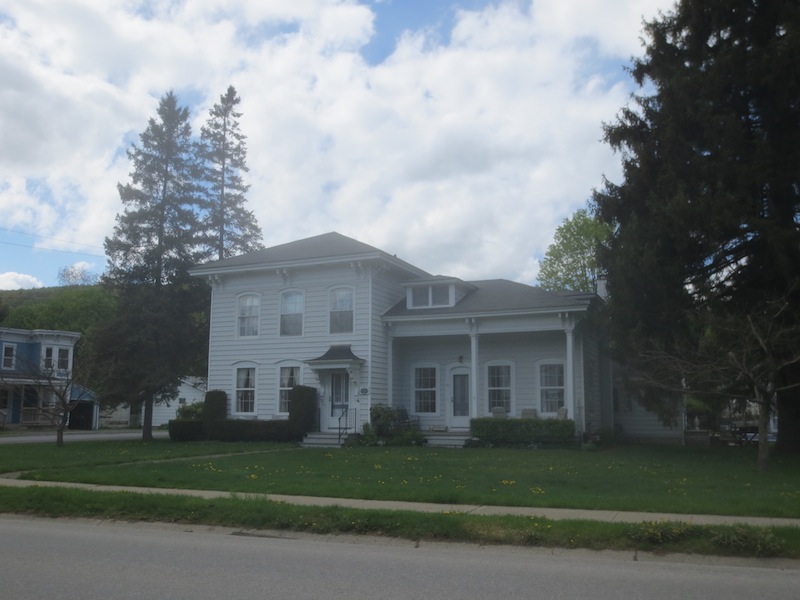
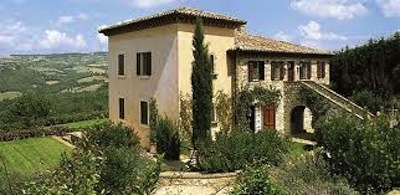
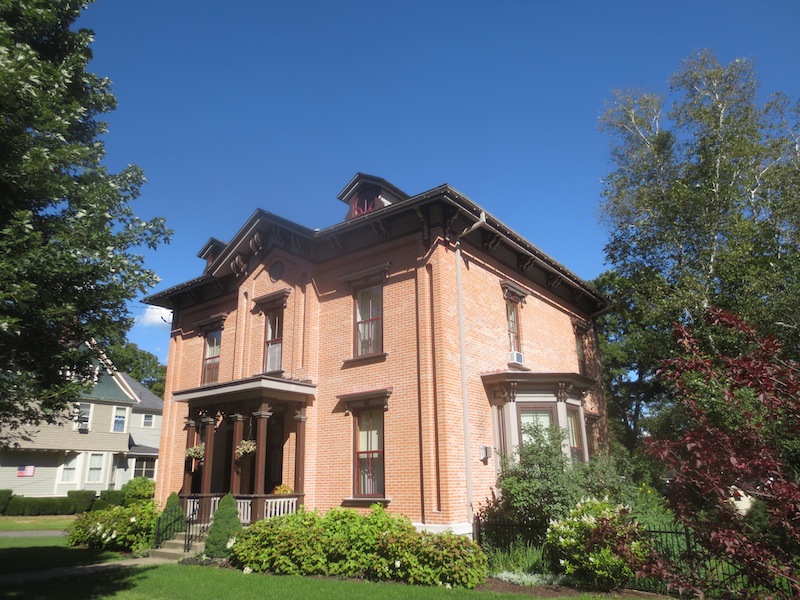
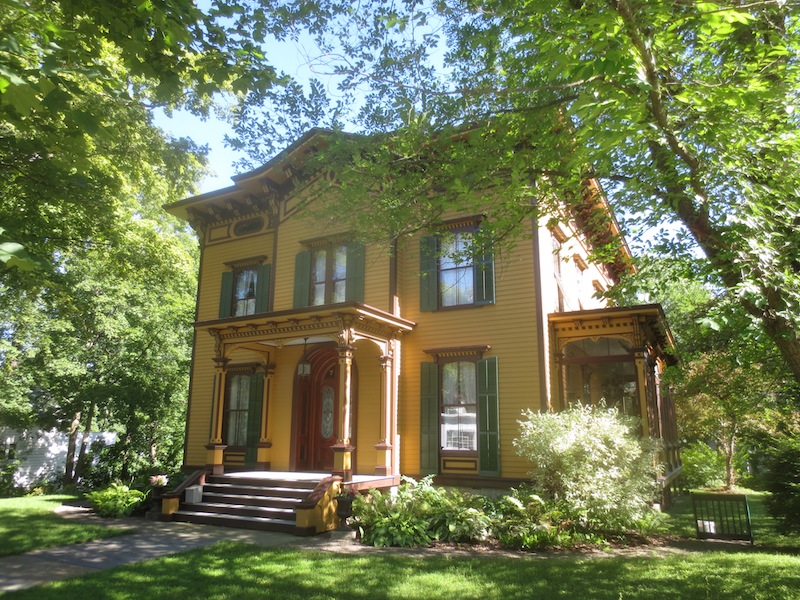
America’s interpretation of the Italian villa was bit more free-wheeling. At first glance it might be hard to pinpoint similarities between a rustic medieval Tuscan farmhouse and its mid-nineteenth century upstate New York counterpart. Upon closer inspection however, one can find similarities between American examples and their Italian predecessors. The first, and most obvious, would be the towers or cupolas associated with the style, as seen in these two examples from Franklin New York and Cherry Valley. These distinctive hallmarks of the style were inspired by the Italian belvedere, or campanile. The low hipped roofs, center tower and wide eaves of these homes in Canajoharie can be traced back to earlier Italian homes. Even the massing of this house in Worcester New York invites comparison with those of this renaissance farmhouse. One of the more popular variations of the Italianate style in upstate New York, is a three bay wide, square structure with a small gable in the center as seen in the following examples from Cooperstown New York.
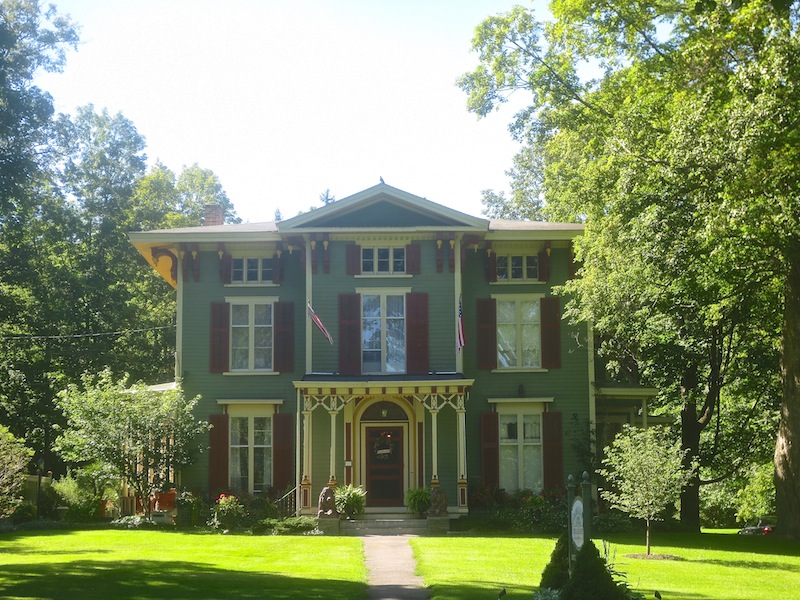
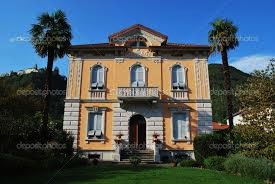
This earlier villa from the Lombardy region seems to fit right in.
So next time you spy a decorative bracket, tall arched window, or square tower gracing a nineteenth century house in upstate New York, be comfortable stating “Now, that’s Italian(ate)!”






